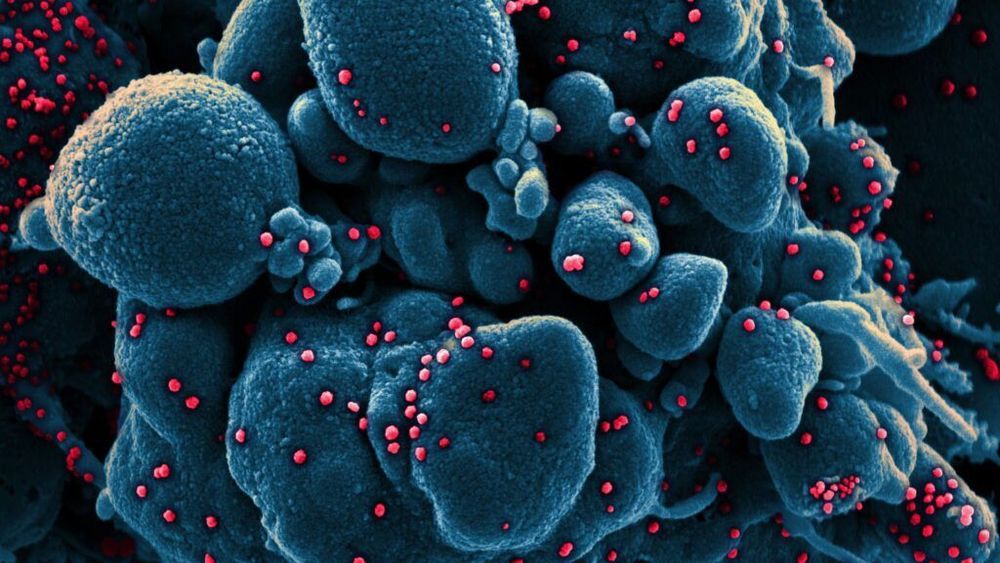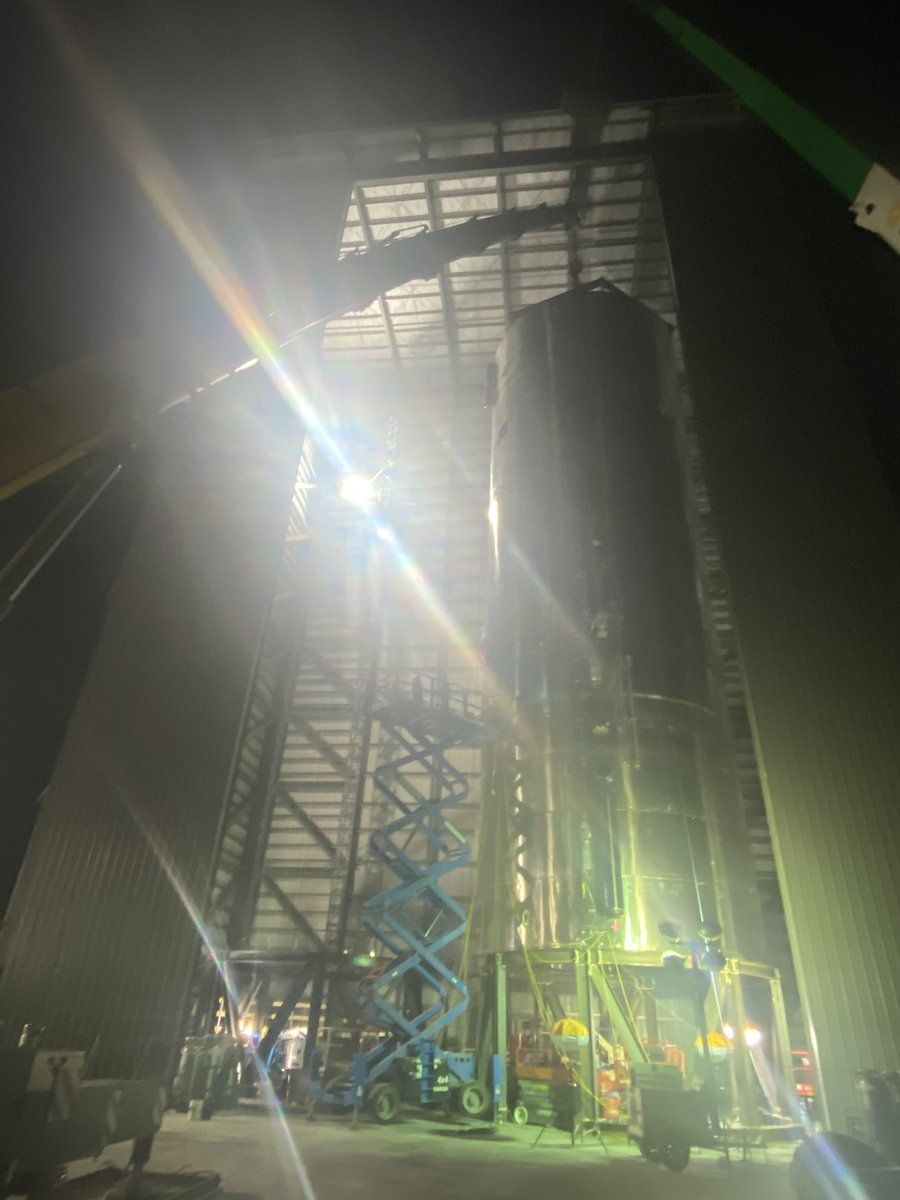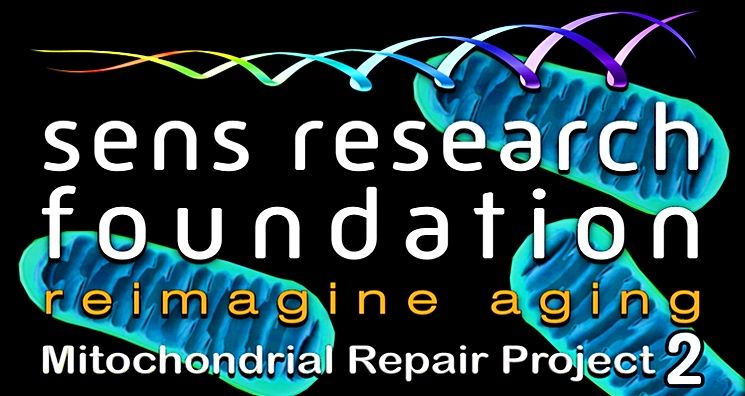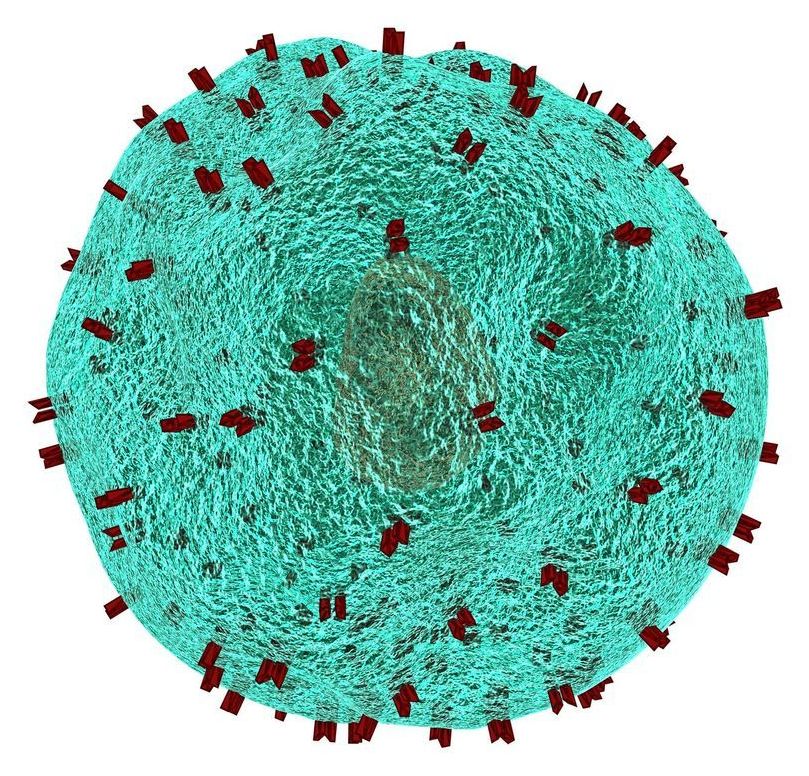A Permaculture Perspective : A new docuemntary introducing permaculture: designing a world where and planet can thrive.



Vir Biotechnology, a San Francisco-based biotechnology firm, said Wednesday that laboratory testing showed two of its antibody drugs appeared to neutralize the coronavirus that causes Covid-19 and that it would pursue testing them in people.
The company said that human tests of the drugs could begin in three to five months, putting it roughly in line with two other efforts to produce anti-coronavirus antibodies. Regeneron, based in Tarrytown, N.Y., has said that its antibodies could enter trials by early summer — and that its treatment, if it proves effective, could be available for some uses in the fall. Eli Lilly, which is developing anti-SARS-CoV-2 antibodies with AbCellera, a Vancouver biotech, has said it hopes to begin human tests in four months.
“Stopping this disease will take a combination of prevention and treatment approaches,” Vir CEO George Scangos said in a statement. “At Vir, we are fortunate that our existing antibody platform gave us a running start against COVID-19, and we have the internal and partnered capabilities to work on multiple approaches.”


A new reinforcement-learning algorithm has learned to optimize the placement of components on a computer chip to make it more efficient and less power-hungry.
3D Tetris: Chip placement, also known as chip floor planning, is a complex three-dimensional design problem. It requires the careful configuration of hundreds, sometimes thousands, of components across multiple layers in a constrained area. Traditionally, engineers will manually design configurations that minimize the amount of wire used between components as a proxy for efficiency. They then use electronic design automation software to simulate and verify their performance, which can take up to 30 hours for a single floor plan.
Time lag: Because of the time investment put into each chip design, chips are traditionally supposed to last between two and five years. But as machine-learning algorithms have rapidly advanced, the need for new chip architectures has also accelerated. In recent years, several algorithms for optimizing chip floor planning have sought to speed up the design process, but they’ve been limited in their ability to optimize across multiple goals, including the chip’s power draw, computational performance, and area.





A shrimp peddler at the Chinese market where the coronavirus pandemic likely began has been identified as one of the first victims of the disease — and possibly “patient zero.”
The 57-year-old woman, identified by the Wall Street Journal as Wei Guixian, was the first person from the now-notorious Huanan market in Wuhan to test positive for the deadly bug.
She was at work Dec. 10 when she developed what she thought were cold symptoms, Chinese outlet The Paper reported. So she walked to a small local clinic for treatment and then went back to work — likely spreading the contagion.

A large team of researchers affiliated with multiple institutions in and around Hangzhou, China, has taken a very large step toward the creation of a comprehensive human single-cell atlas. In their paper published in the journal Nature, the group describes how they sequenced the RNA of over a half-million single cells donated by volunteers and processed the information to present it in a way that could be used in a single-cell atlas.
All of the cells in the human body carry the same basic genetic information—they differ in which genes are expressed. Those genes that are expressed define the function of a given cell. For some time, medical researchers have wanted an atlas that would describe which genes are expressed in cells in all parts of the body. Such an atlas would help scientists better understand the functions of cells and how they work together, in addition to saving time on new research efforts. Atlases have been created for some tissue types, but currently, there is no single atlas to cover all of the cell types in the human body. Creating such an atlas would require much time and effort over many years, as the human body has over 30 trillion cells, after all. In this new effort, the researchers have taken a large step toward that goal by providing gene expression information for over 500,000 cells from different parts of the body (and some from fetal tissue), including all of the major organs.
The work involved first obtaining the tissue samples and then processing them. To that end, the cells were first isolated by putting some in a centrifuge and using enzymes with others. Once isolated, each of the cells were sequenced using a special tool the team previously developed called Microwell-seq—it allows for fast sequencing of large numbers of cells. In all, the team sequenced cells from 60 types of tissue. The researchers then generated a map using a method they devised for classifying cell information. The map and its underlying data form the basis of what could become a full, comprehensive single-cell database.